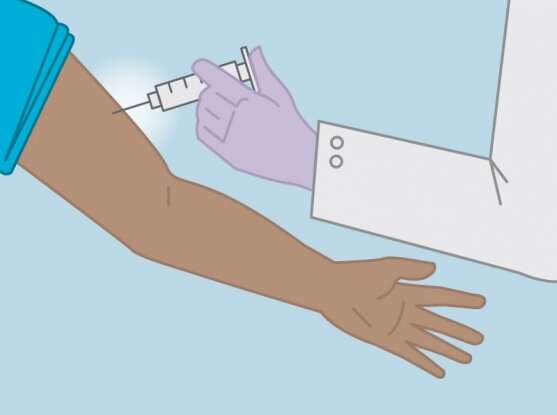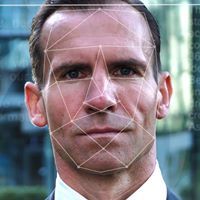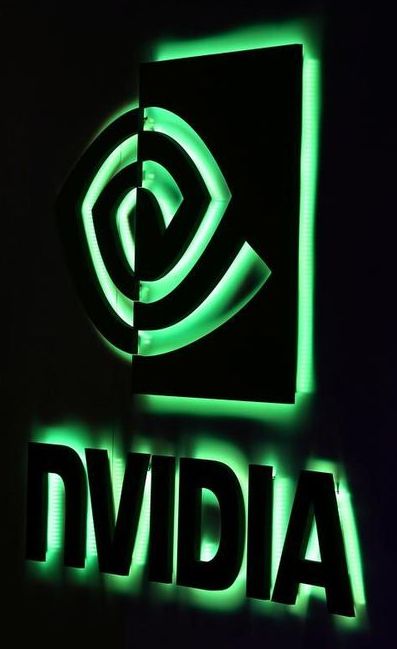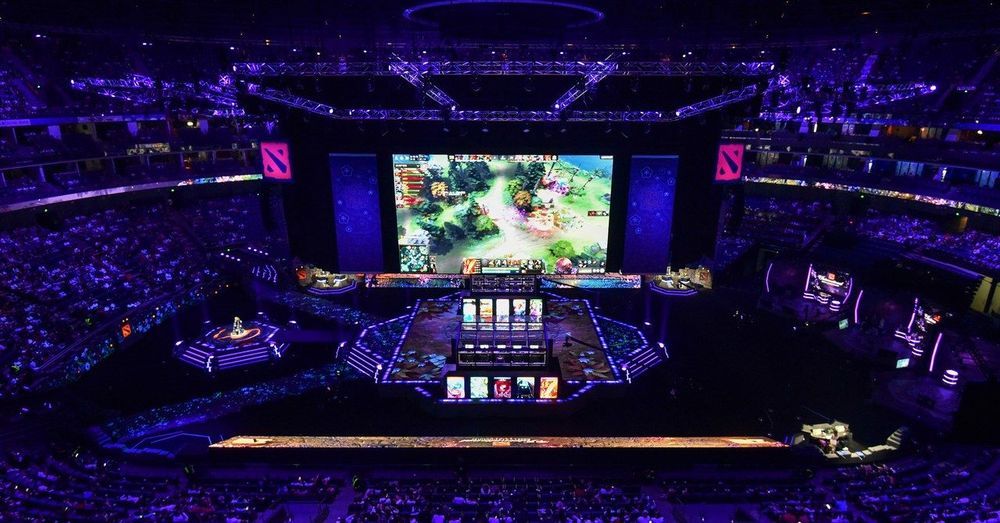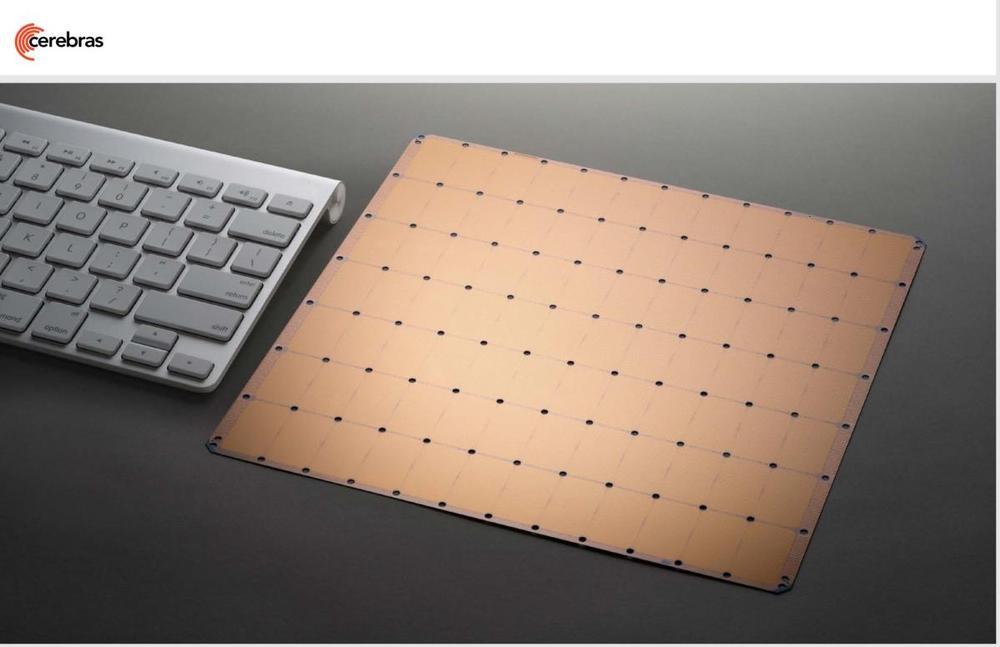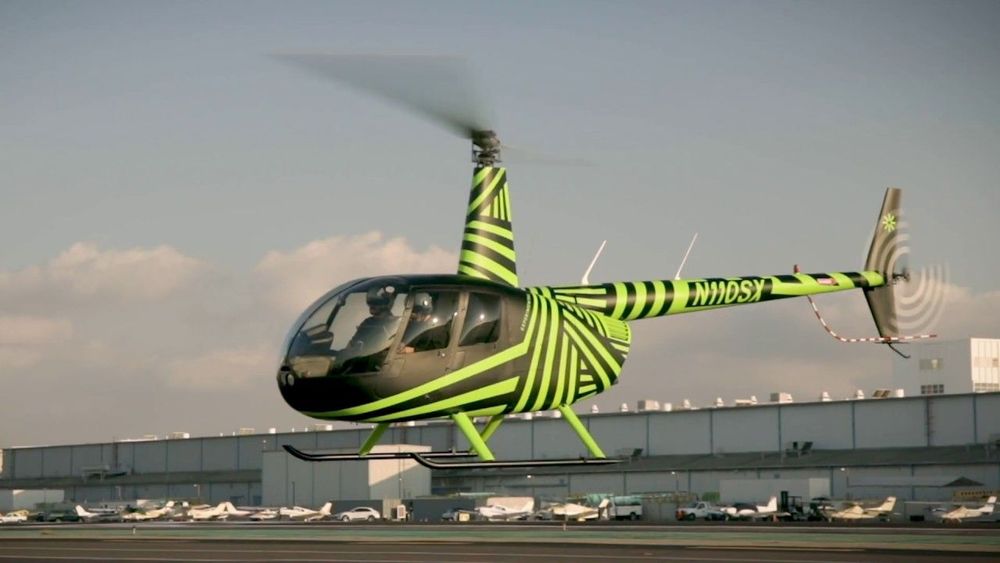The experimental tool is among several that aim to combine sensors and AI to give U.S. operators a new edge.
TAMPA, Florida — As tomorrow’s elite soldiers work to persuade local populations to support them, they may be able to sense how their messages are being received by detecting invisible biometric signals. Or when pinned down by enemy fire, they may make hand gestures to designate targets for close air support, or operate swarms of drones with just a few voice commands.
Those were just a few of the superhuman abilities that researchers at U.S. Special Operations Command recently showed off in a series of demonstrations that brought together sensors, data, and AI, SOFWERX chief technology officer Brian Andrews said Tuesday at Defense One’s Genius Machines event here. SOFWERX is a prototyping and innovation partnership run by SOCOM and a non-profit company called DEFENSEWERX.


